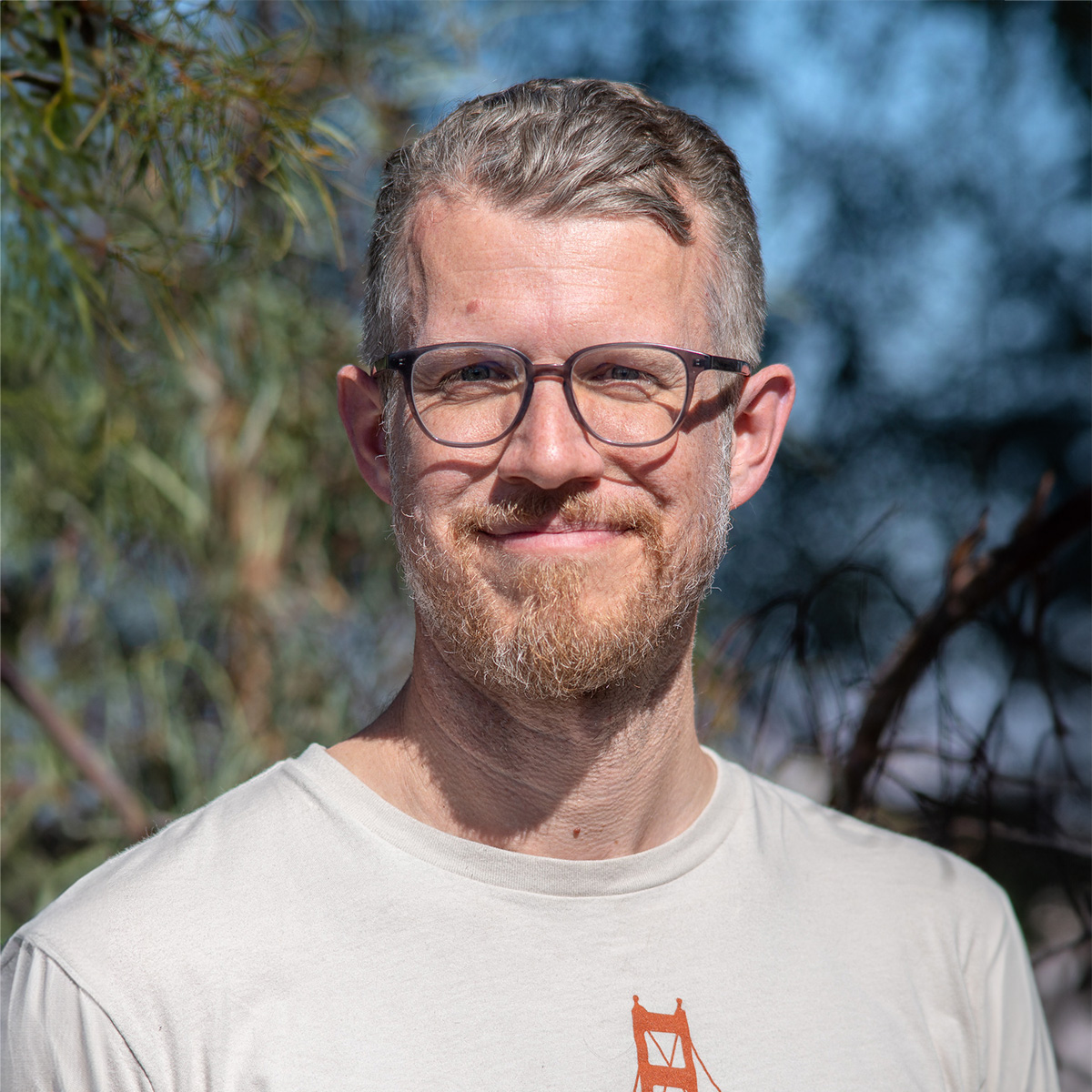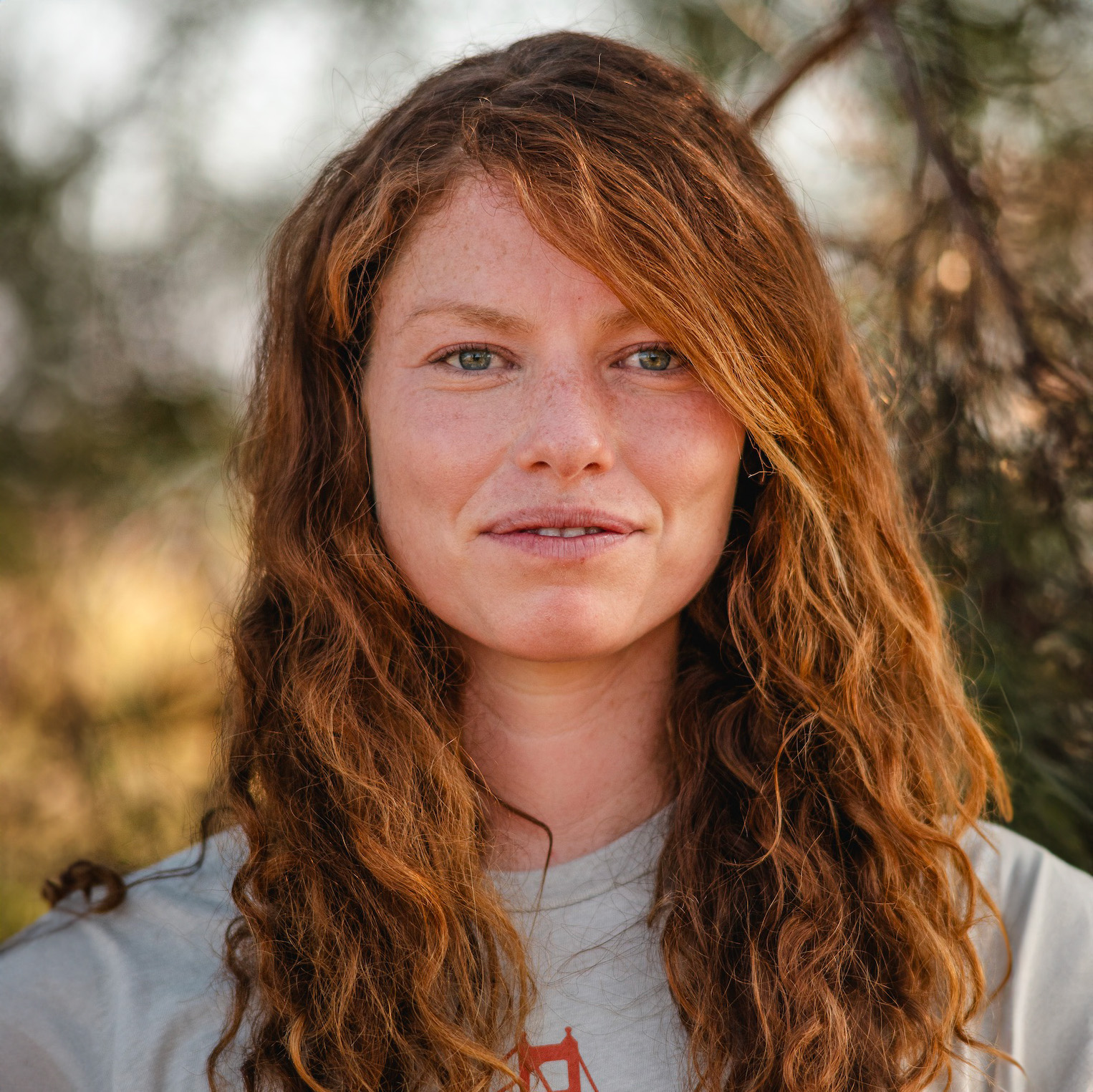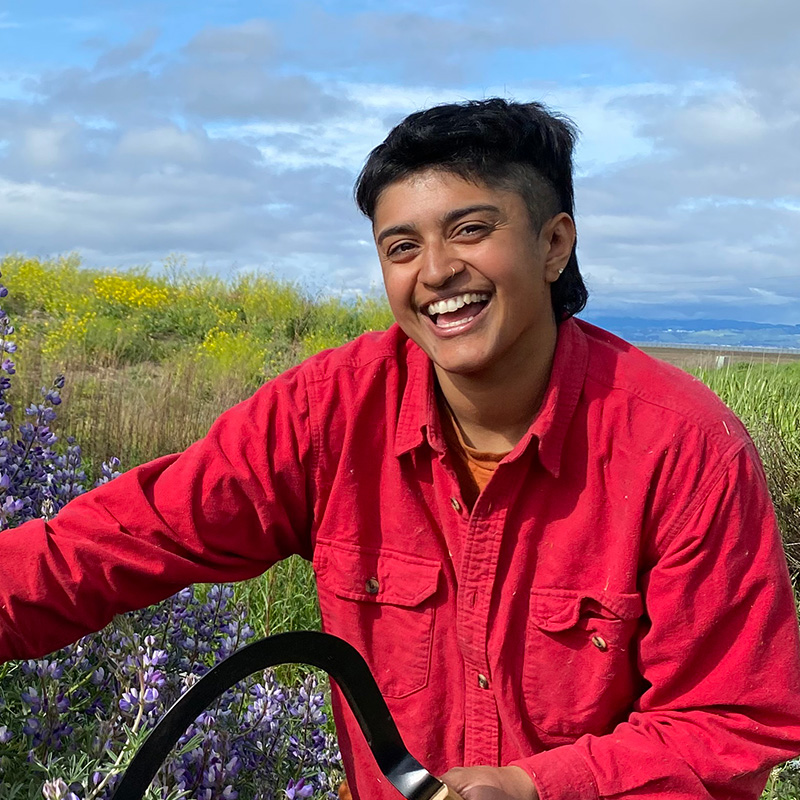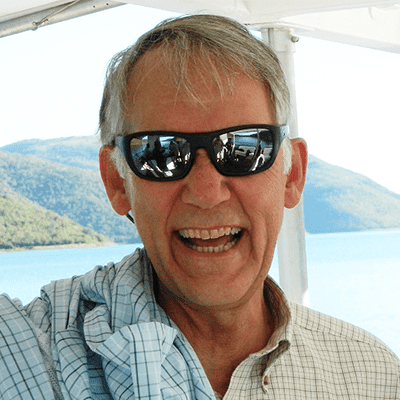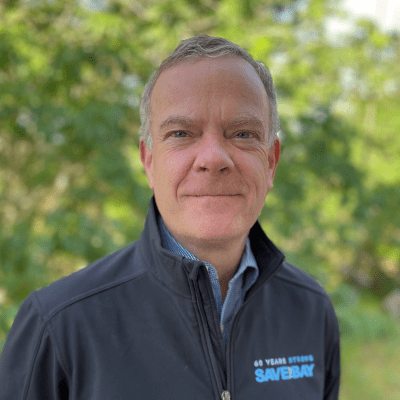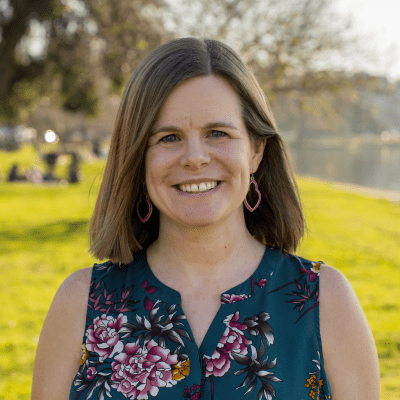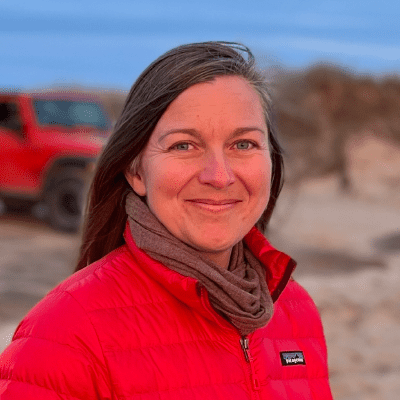The transition zone, or ecotone, is the integrated area where two different habitats meet. Along the Bay’s shoreline, the continuum of habitats includes subtidal, tidal marsh, transition zone, and uplands. This historically wide, gently sloping habitat between the marsh and uplands is an integral component of a complete wetland system and in many areas, it’s been reduced to a mere few feet wide. This habitat is where Save The Bay’s Habitat Restoration team focuses their efforts.
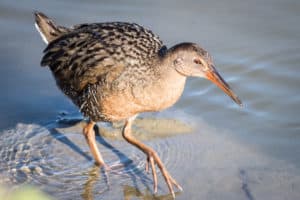 Transition zones provide resources and refuge from high tides for a number of important species including the Ridgway’s Rail and the salt marsh harvest mouse, both federally endangered and endemic species to the Bay Area. These areas also serve as movement corridors, an important function connecting the two neighboring habitats. Restoring wetland transition zones reconnects habitat fragmented due to human activity, and in turn better supports the complex and interconnected ecology of the Baylands.
Transition zones provide resources and refuge from high tides for a number of important species including the Ridgway’s Rail and the salt marsh harvest mouse, both federally endangered and endemic species to the Bay Area. These areas also serve as movement corridors, an important function connecting the two neighboring habitats. Restoring wetland transition zones reconnects habitat fragmented due to human activity, and in turn better supports the complex and interconnected ecology of the Baylands.
Restoration of wetland transition zones also benefits humans! Transition zones along the shoreline can buffer our communities from high tides, storm surges, and wave run-up from the Bay during severe weather events, occurrences that will become more frequent and extreme with climate change. Additionally, wider transition zones adjacent to marshes can help protect our urban areas while also allowing enough space for marshes to move upland and adapt to sea level rise. Transition zones also process and filter nutrients from the uplands or from rivers and creeks and upstream sources before they enter the Bay. Historically, humans have occupied and accessed the shoreline for all types of cultural activities including accessing food resources and living at the edge of the shoreline, and more recently using the shore for recreational and educational activities.
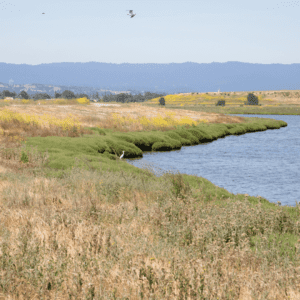 Ensuring that we protect and restore these unique habitats is vital for both humans and wildlife. The recent Baylands Goals Update Report identified the need for more and larger transition zones to ensure the preservation of the ecosystem services that these areas provide, particularly in the face of sea level rise and other climate change impacts. Many restored transition zones of years past comprised smaller project sites with narrow, fringing habitats adjacent to marshes. In conjunction with our partners, we are now working on more and larger transition zones (15-40 acres in size) and piloting innovative methods to grow thousands of plants for our restoration work. The Oro Loma Horizontal Levee Project and our current work with the California State Coastal Conservancy and the U.S. Fish and Wildlife Service at Ravenswoodand Bel Marin Keys are examples of how we are scaling up and providing leadership to restore large-scale transition zones.
Ensuring that we protect and restore these unique habitats is vital for both humans and wildlife. The recent Baylands Goals Update Report identified the need for more and larger transition zones to ensure the preservation of the ecosystem services that these areas provide, particularly in the face of sea level rise and other climate change impacts. Many restored transition zones of years past comprised smaller project sites with narrow, fringing habitats adjacent to marshes. In conjunction with our partners, we are now working on more and larger transition zones (15-40 acres in size) and piloting innovative methods to grow thousands of plants for our restoration work. The Oro Loma Horizontal Levee Project and our current work with the California State Coastal Conservancy and the U.S. Fish and Wildlife Service at Ravenswoodand Bel Marin Keys are examples of how we are scaling up and providing leadership to restore large-scale transition zones.


